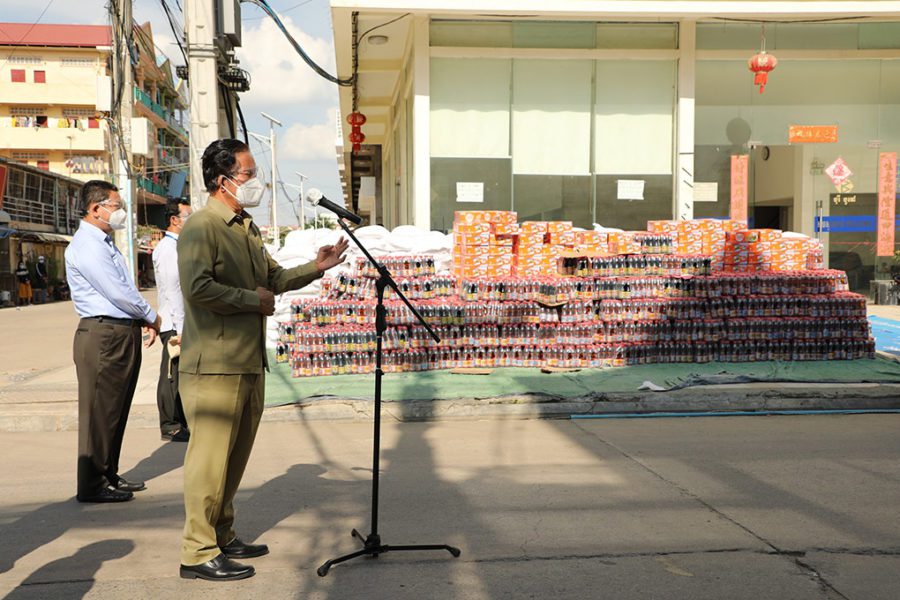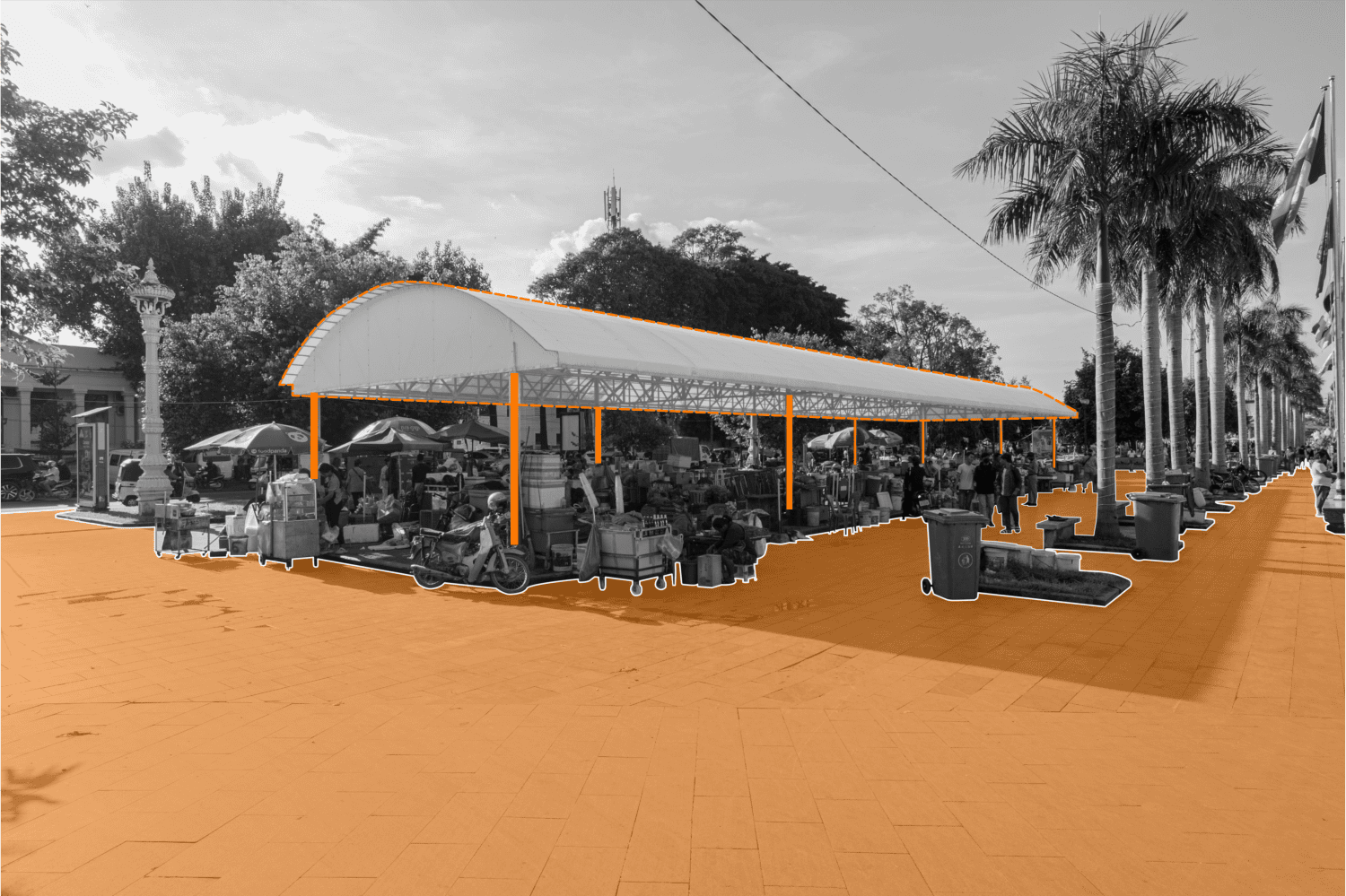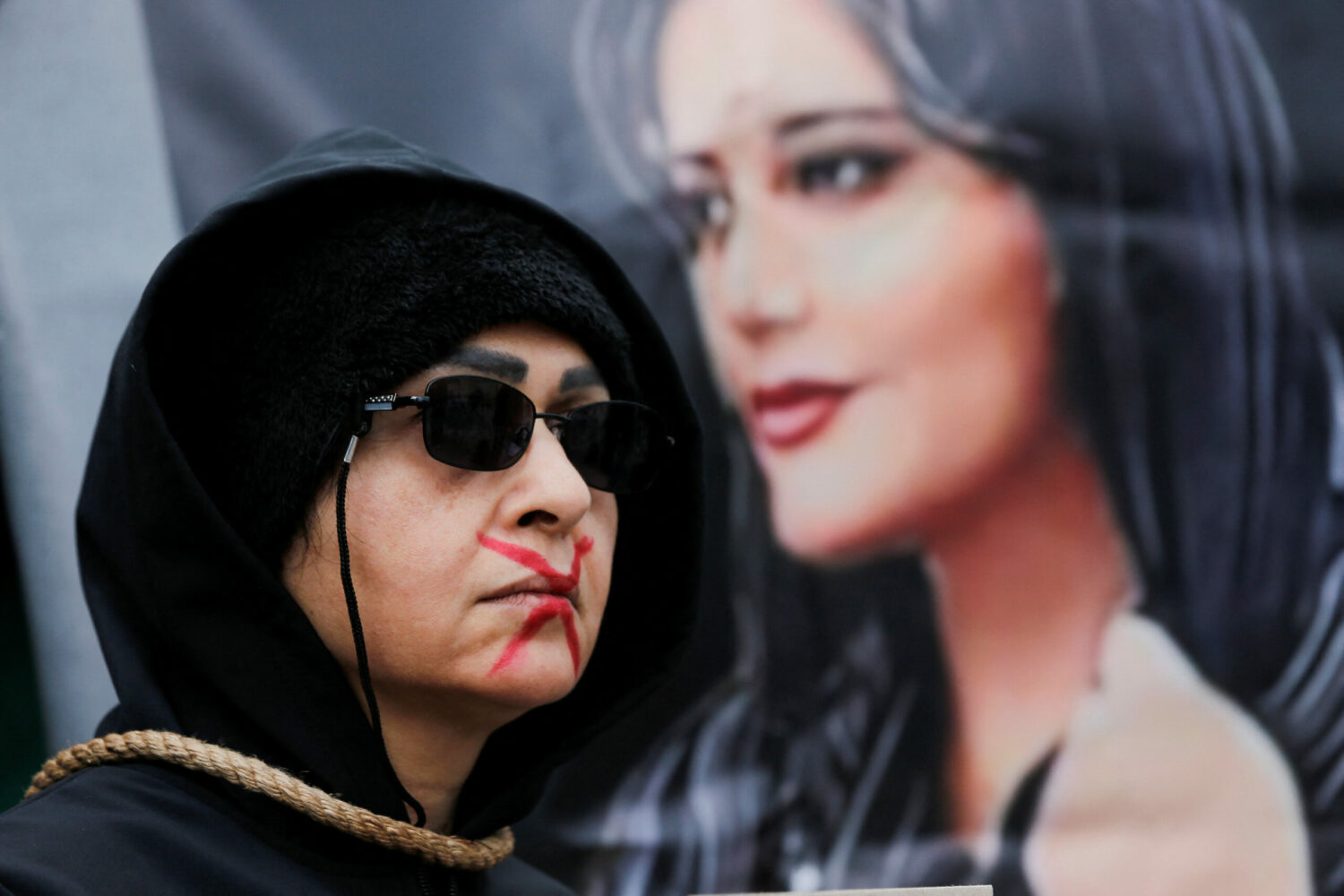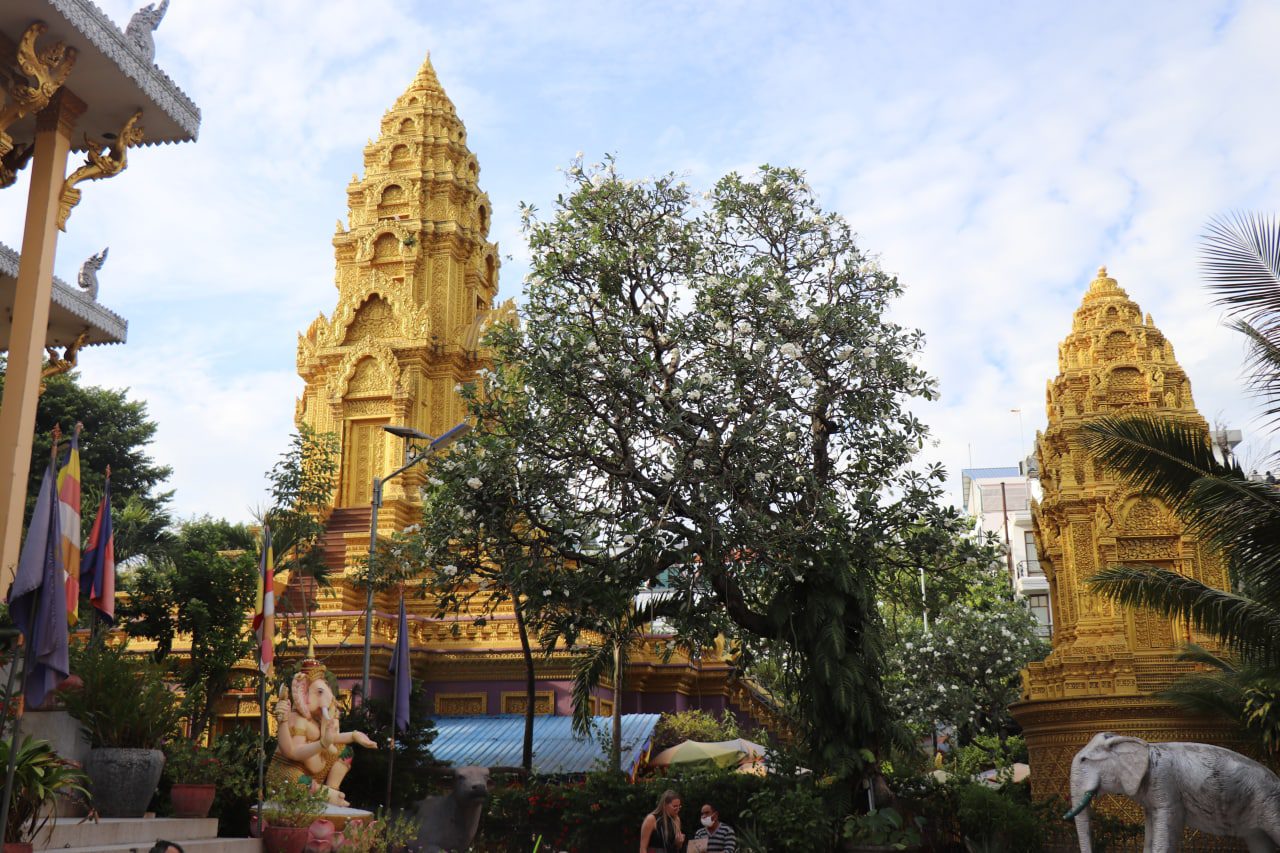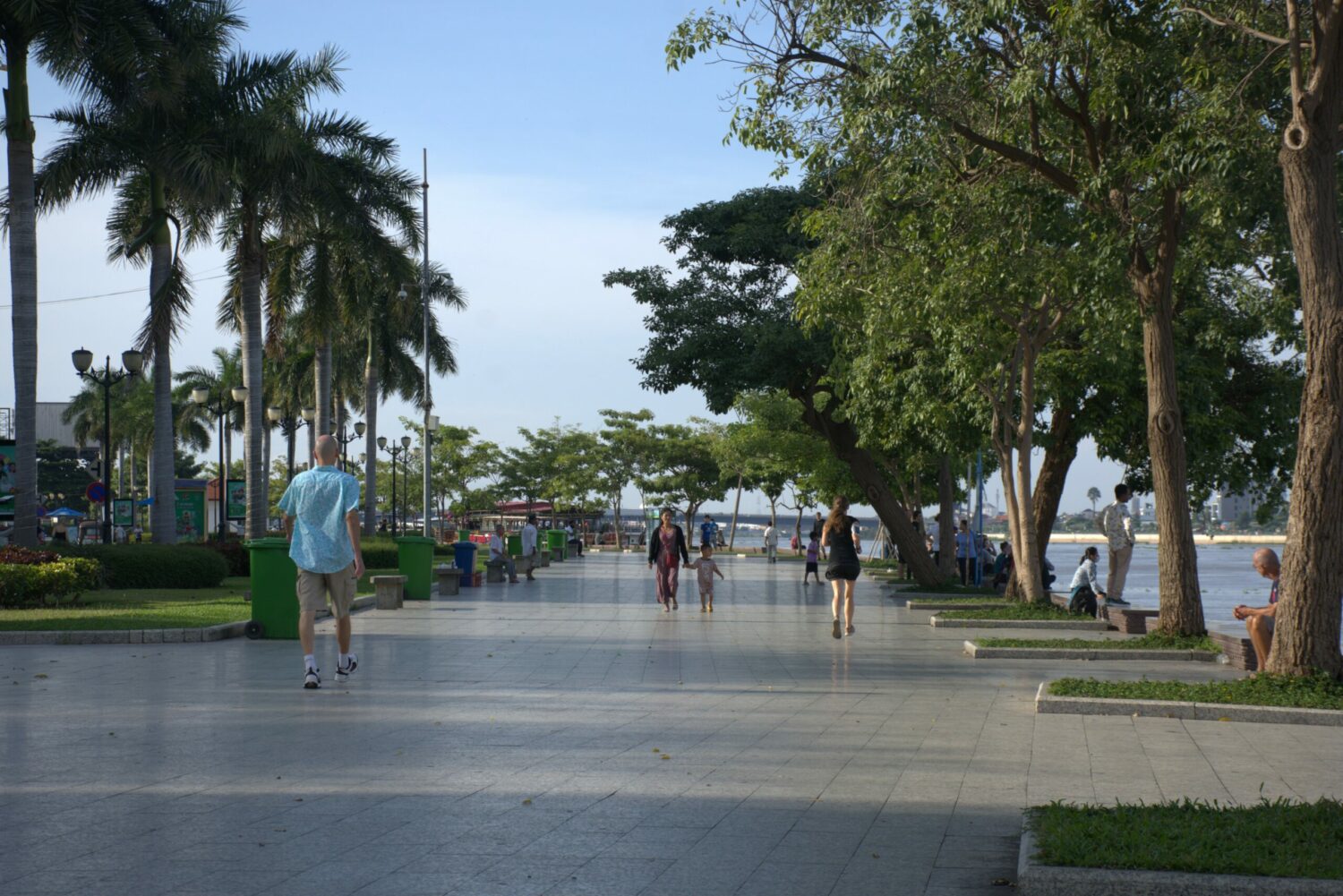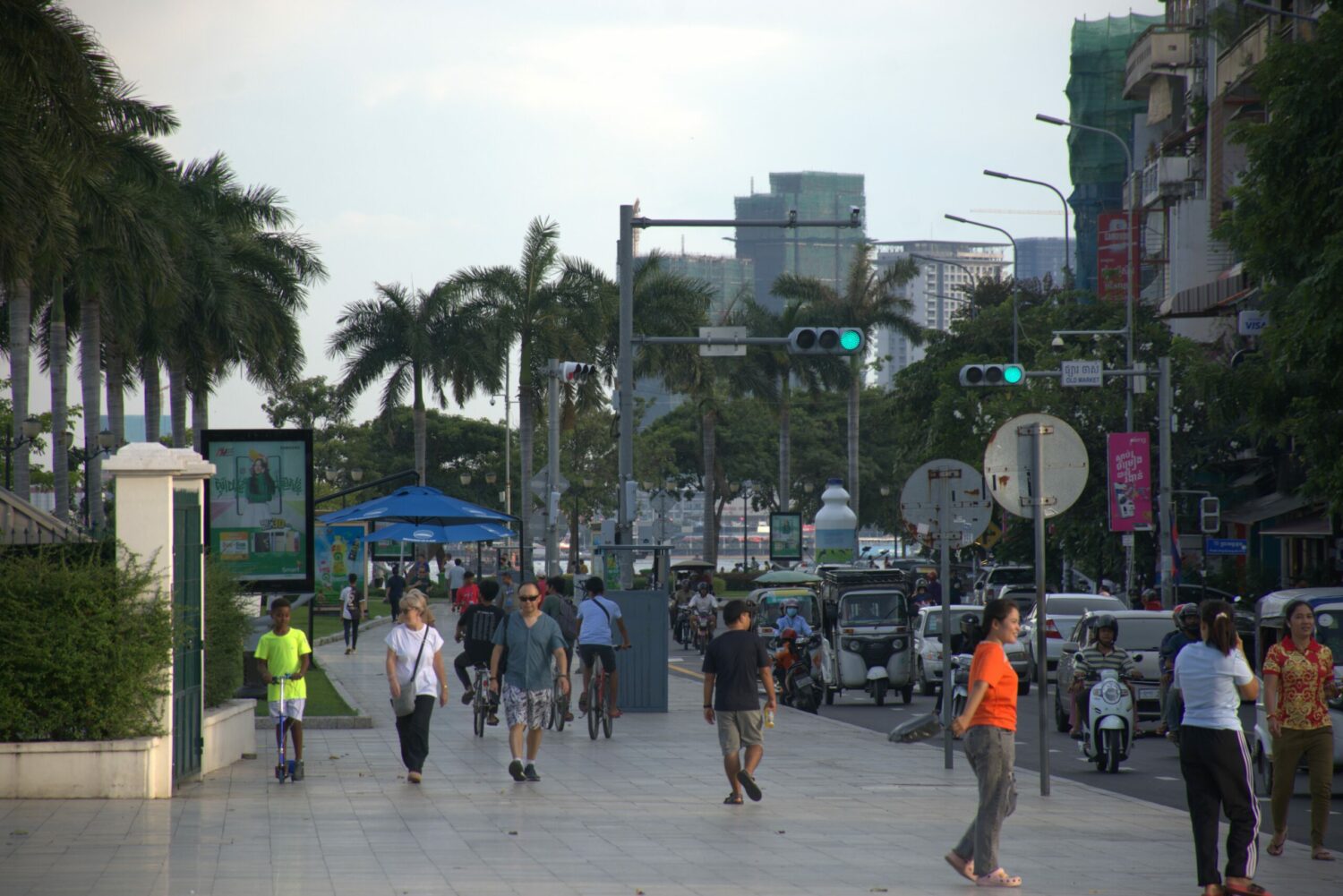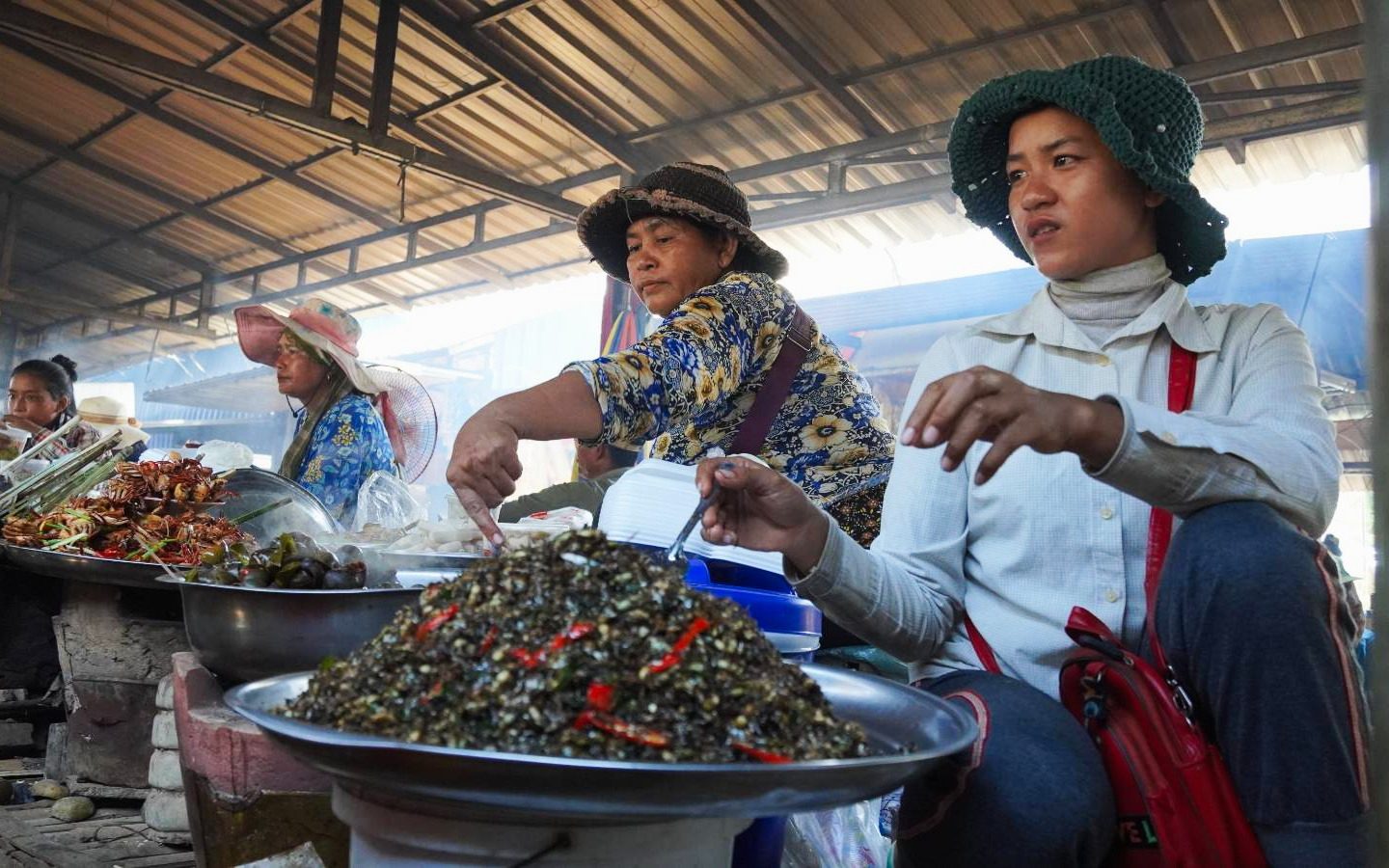More than a year into the global coronavirus pandemic, Cambodian authorities are facing their most serious Covid-19 challenge yet. Up against climbing case rates, authorities have turned to lockdown measures to curb the spread, including the formation of “red zones,” which cordon off neighborhoods where no one is allowed to leave their homes.
 Lay Kimly is a junior fellow and project coordinator for the World We Want, the Cambodia We Want and Digital Culture in Cambodia at Future Forum.
Lay Kimly is a junior fellow and project coordinator for the World We Want, the Cambodia We Want and Digital Culture in Cambodia at Future Forum. Nith Kosal is a junior research fellow at Future Forum. His research interests include applied economics, macroeconomics, economic development and international economics.
Nith Kosal is a junior research fellow at Future Forum. His research interests include applied economics, macroeconomics, economic development and international economics.
These red zone lockdowns have occurred predominantly in neighborhoods populated by economically vulnerable groups like garment workers, and people who survive on day wages. Phnom Penh authorities have also ordered the closure of all public markets, which played host to several large Covid-19 spreading events.
As a result, for many families, the Covid-19 crisis has become a food security crisis.
Households, particularly in red zones, are facing food insecurity due to being kept at home without incomes. In red zones, we hear reports of families reducing their meat and vegetable consumption and living on rice and soy sauce.
While people in the capital face hunger, with markets having been shut down, Cambodia’s farmers are suffering as well.
Farmers in Sa’ang district, for instance, told Radio Free Asia that their crops are starting to wither and gradually deteriorate with no market to ship them to. Farmer Rin Un reported that he has found no buyers for 2 hectares worth of lettuce and kale on which he’d invested around $2,500 — more than $1,000 of which he borrowed from the banks and promised to repay when harvested. He fears he won’t be able to repay these loans.
Another farmer in Kandal told Cambodianess he has been forced to abandon his 1 hectare of lettuce due to a lack of viable buyers. Before, he would have sold his goods for around 5,000 riel per kilogram, but now the prices he’s seeing are less than 500 riel per kilogram.
The decisions that farmers are being forced to make now will impact them, and the country, for many months into the future. The uncertainty surrounding whether the government will end the lockdown completely or keep some measures in place only creates more precariousness for farmers as they decide on next season’s planting strategy.
The government’s initiatives and attempts to bring this outbreak under control have focused on tracking and tracing the virus, but have not yet fully addressed the multifaceted nature of this crisis related to both the demand and supply of food.
Markets Closed
In terms of the crisis of demand, the vulnerability of much of the population should not have been a surprise to the government. Historically, large numbers of Cambodians have been relatively food-insecure and vulnerable to shocks.
According to the State of Food Security and Nutrition in the World 2020, by the U.N. Food and Agriculture Organization, 13.6 percent (2.2 million) of Cambodia’s total population experienced severe food insecurity and 44.1 percent (7.2 million) experienced moderate or severe food insecurity between 2017-2019.
A recent survey from October 2020 that interviewed more than 1,000 households across five central provinces by Angkor Research and Future Forum found that 1.9 percent of households were experiencing severe food insecurity and 15.9 percent of families were experiencing moderate to severe food insecurity. In Phnom Penh, about 8.5 percent of households were experiencing moderate to severe food insecurity.
We don’t have the full measure of the scope of food insecurity for zones under lockdown, but these figures are likely to have only gotten more dire.
One data point we do have is the establishment of a Telegram group chat by City Hall designed to identify people struggling for food in the lockdown. That group swelled to more than 50,000 members in just two weeks, representing at least some of the households in need of food assistance from the government and donors.
The government’s decision to close markets without immediately providing viable alternatives has exacerbated food insecurity issues. In the weeks leading up to the closure, public markets played host to a number of community spreads — with cases tied to dozens of the city’s markets including Doeum Kor market, a wholesale market for the capital, that reported at least 253 Covid-19 cases. Many stalls in these markets clearly lacked adequate safety equipment, ventilation and social distancing.
But it’s hard to understand why all-out closure was chosen, rather than expanding or enforcing safety protocols at these markets. In a country like Cambodia, where many households still buy the perishable goods they need every single day, closing these markets is not a suitable mechanism to deal with the pandemic. As we have seen, it has had massive consequences for both the demand and supply sides.
Rather than redesign existing physical markets in favor of safety, the Commerce Ministry has resorted to the selling of goods on an online shop of its own, where just seven items were available — fish sauce, soy sauce, instant noodles, tinned fish, water, rice and preserved radish. People in red zones, however, reported that they either had never heard of this website, or they couldn’t afford its items.
It should be noted that reopening markets is unlikely to be a cure-all for the food insecurity people are facing. Dire economic circumstances are also at play in many households’ vulnerability.
Food prices in the final market were already rising even before the lockdown — making it quite hard for lower-income households to access food. In March, the Ministry of Commerce’s report on the Phnom Penh Commodity Price showed that the price of rice increased, especially Neang Minh (11 percent), Phka Knhey (4.3 percent), and Phka malis (0.5 percent).
Meat prices were on the rise as well. The price of pork rose by 41.5 percent. Similarly, the price of chicken (21.9 percent), duck (9.9 percent) and beef (6.4 percent), respectively. At the same time, the prices of 20 common vegetables rose around 18.6 percent during March.
Overall, we can assess that this pre-lockdown problem is likely worsening and perhaps will continue to impact households if the government delays addressing current challenges and taking action to protect against Covid-19 in the marketplace, to control real food prices and to support vulnerable groups.
Left to Rot
On the other side of this issue, food suppliers have a different set of problems. Unlike the demand side, agricultural prices in the primary market have been on the decline due to a lack of traders and the heightened challenges in transporting goods to urban centers and lockdown areas.
Prices simultaneously rising for buyers and falling for producers happens when the market has both demand and supply shocks. When the government put Phnom Penh under lockdown and imposed travel restrictions, the consequence was difficulties for supply as well as access to food products.
Farmers spoke to VOA and described being forced to let their produce rot due to lack of other options.
In order to effectively address this issue, solutions must take into account the needs of both farmers and consumers, while targeting the breakdowns between the two sides of this sector.
In the short-run, the government might consider buying vegetables straight from farmers for competitive prices to distribute to vulnerable households in red zone areas. But in the longer-term the government must prioritize Covid-resilient food policies on both the supply and demand sides of the sector. The government should support the creation of safe, socially distant, well-ventilated wholesale markets, and checkpoints must be made easier to cross for shipments of produce.
As the government reevaluates the lockdown procedures, the safe opening of markets should be prioritized. Markets can safely be reopened with improved Covid-19 disease prevention safety systems and regular assessments to monitor and evaluate the performance of relevant stakeholders — including market officers, vendors and buyers.
Market officers could work with local authorities, for instance, to set up a schedule for sales and a shift system for purchases in the red zone and other lockdown areas to reduce overcrowding while bringing back some level of normal economic activity in these much-needed venues.
The government could even take this opportunity to explore innovative strategies. The government could work to create a food banking system, for example, by which the government could stock up on food during good harvests and inject them into the market to bring about price stability during times of crisis.
We need urgent help and creativity from the government and its development partners to provide food assistance to those living in restricted areas — through both donations and sales. But well-rounded assistance must focus on the needs of the farmers as well. Doing so would benefit everyone. People in restricted areas could access nutritious food, and the farmers can sell their products at a reasonable price.


